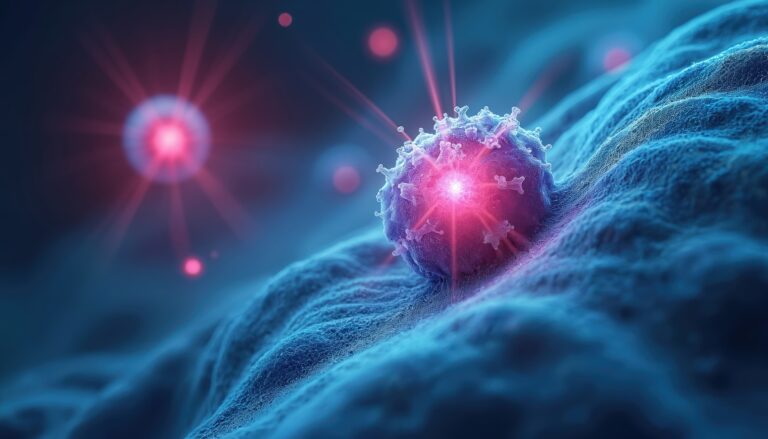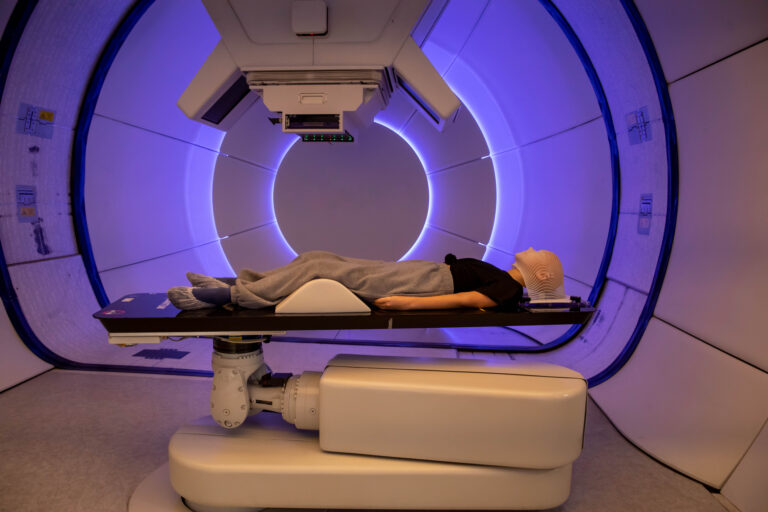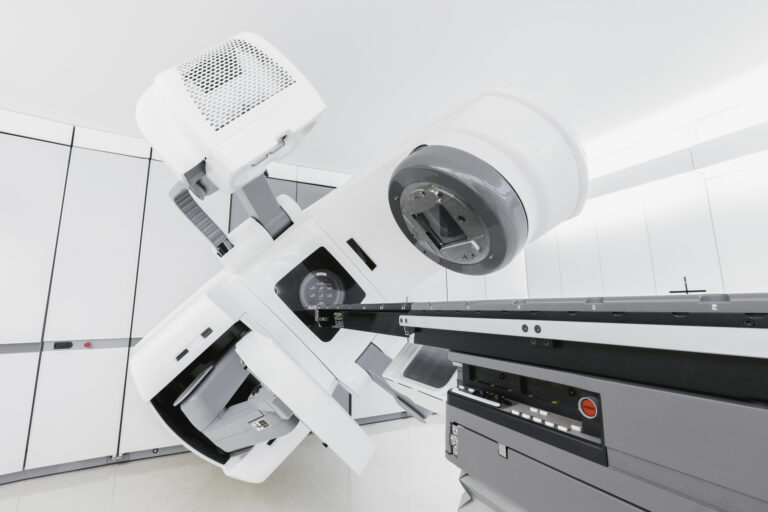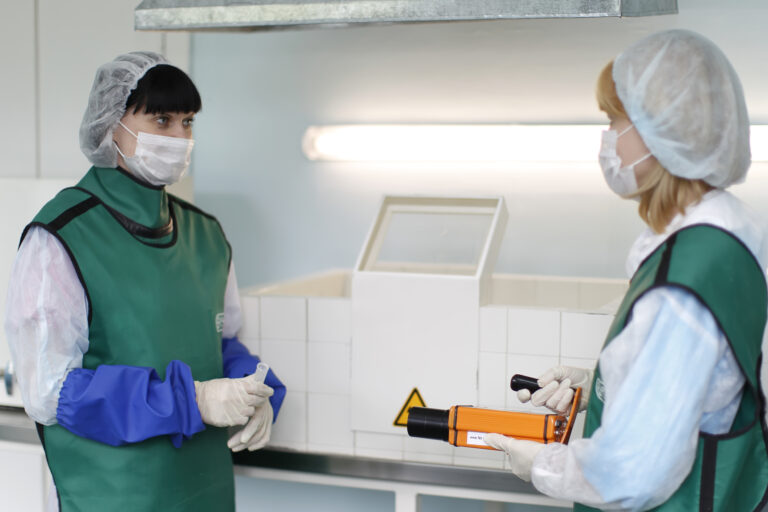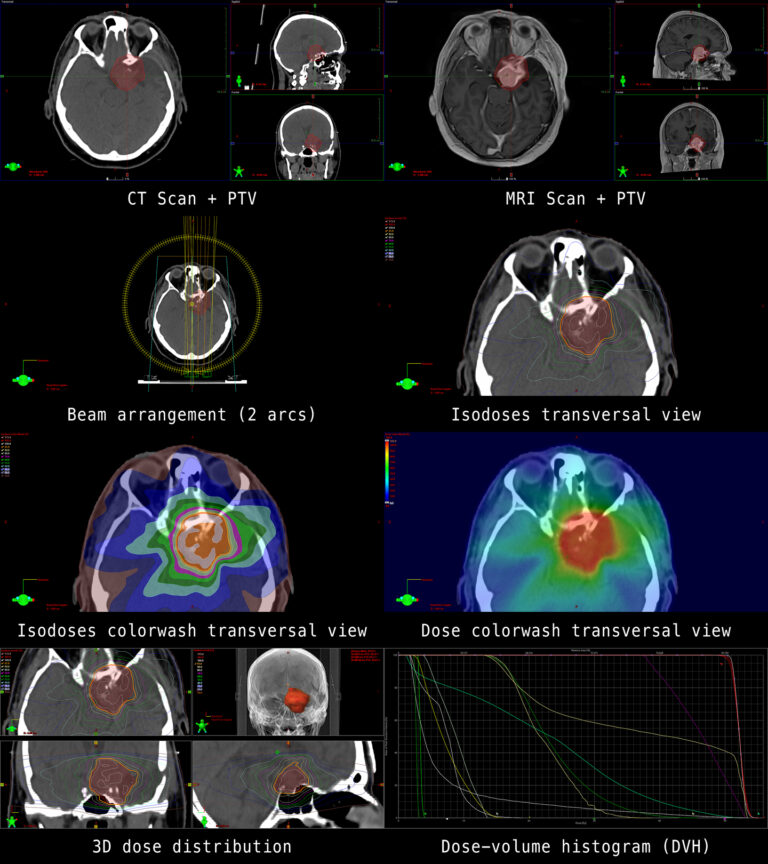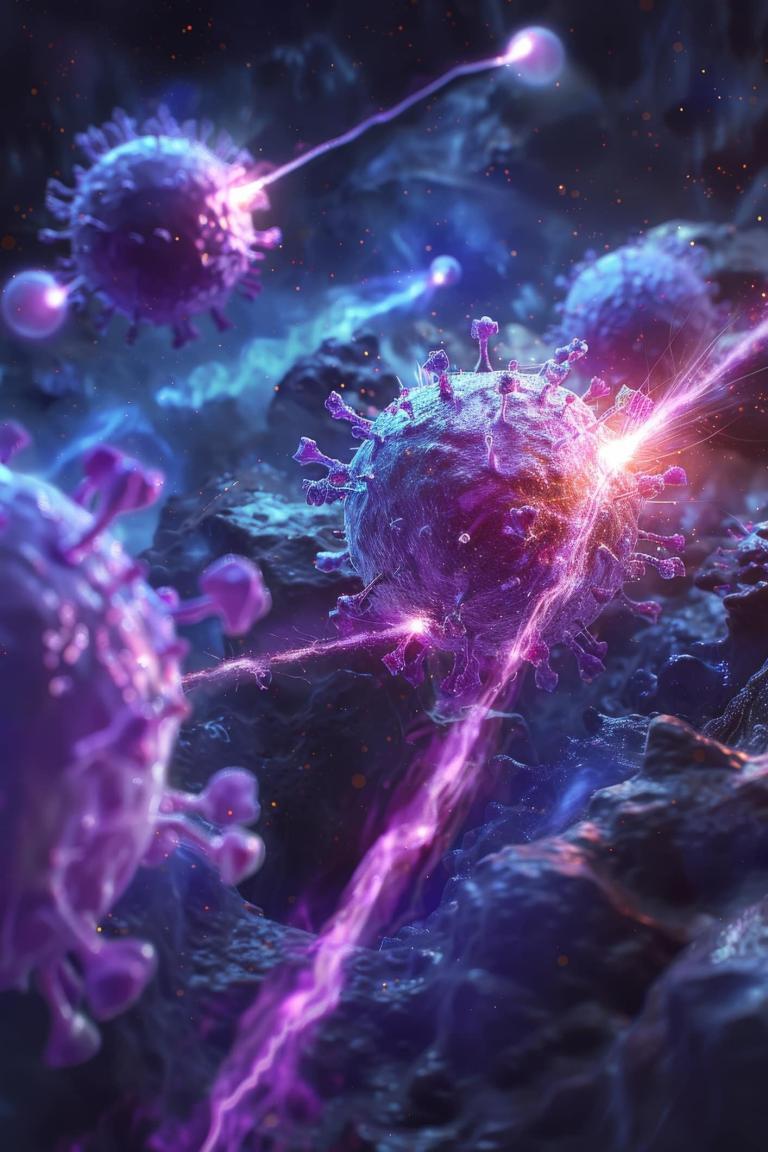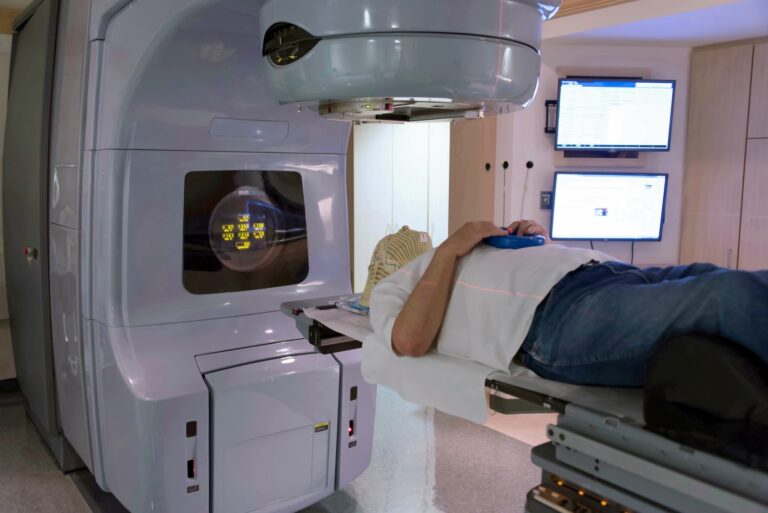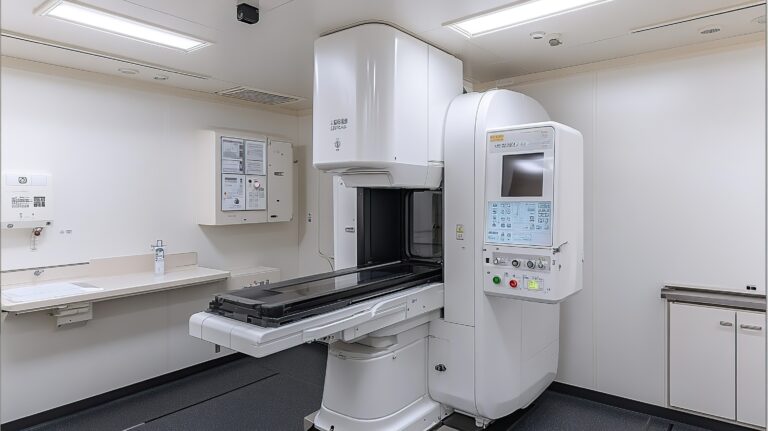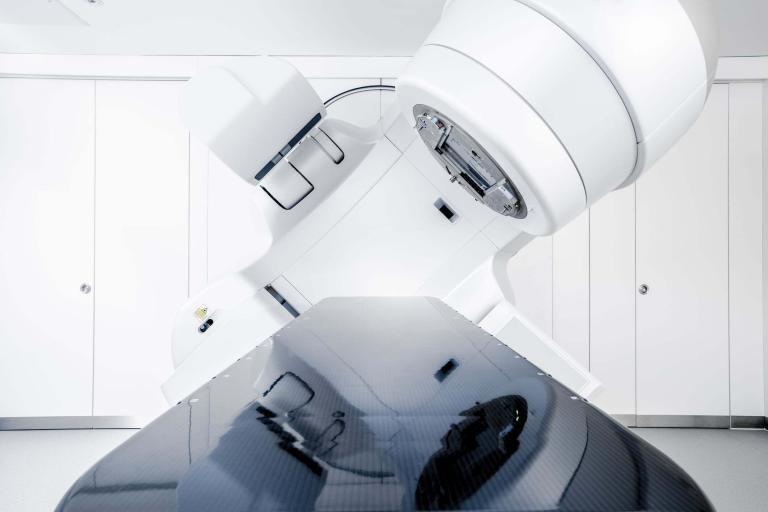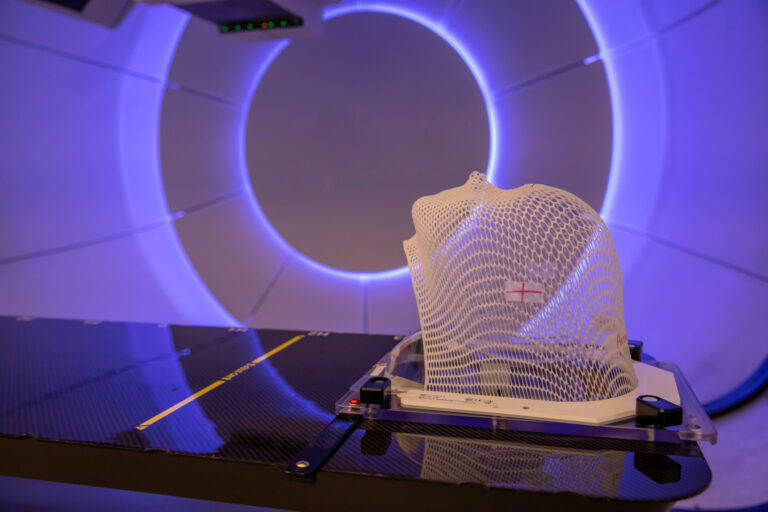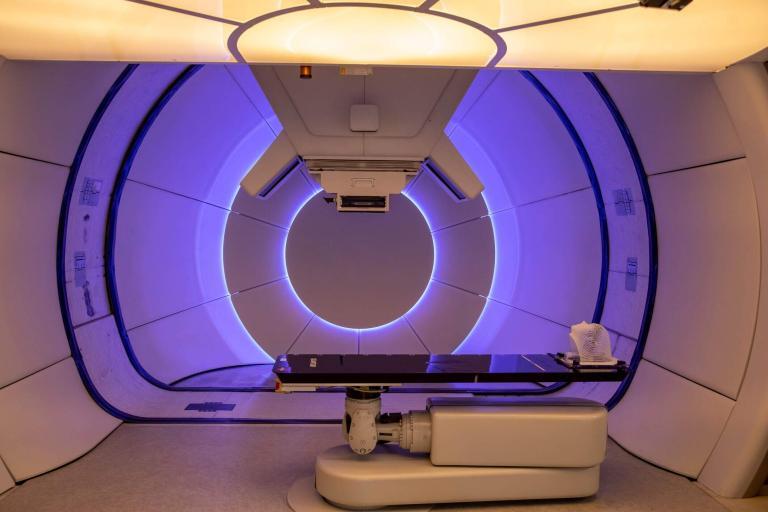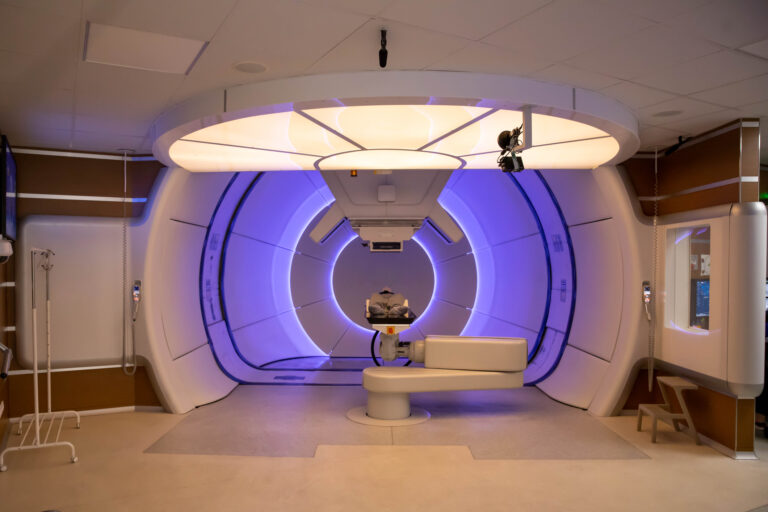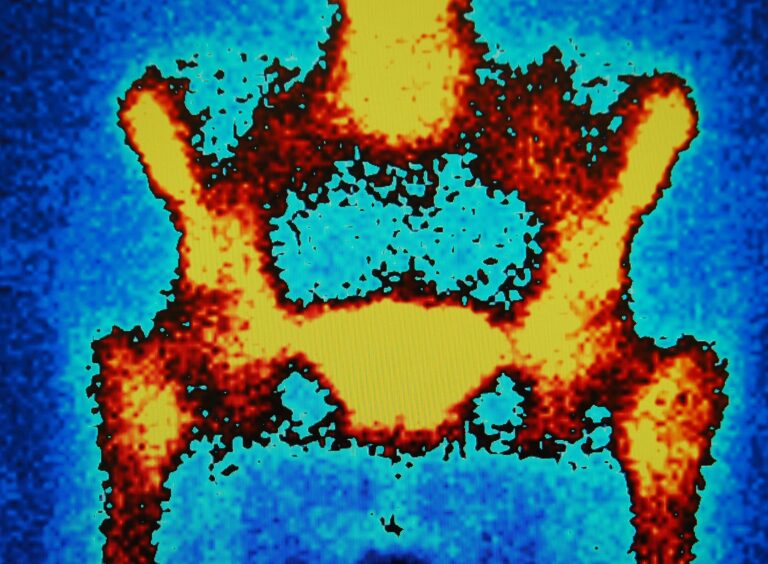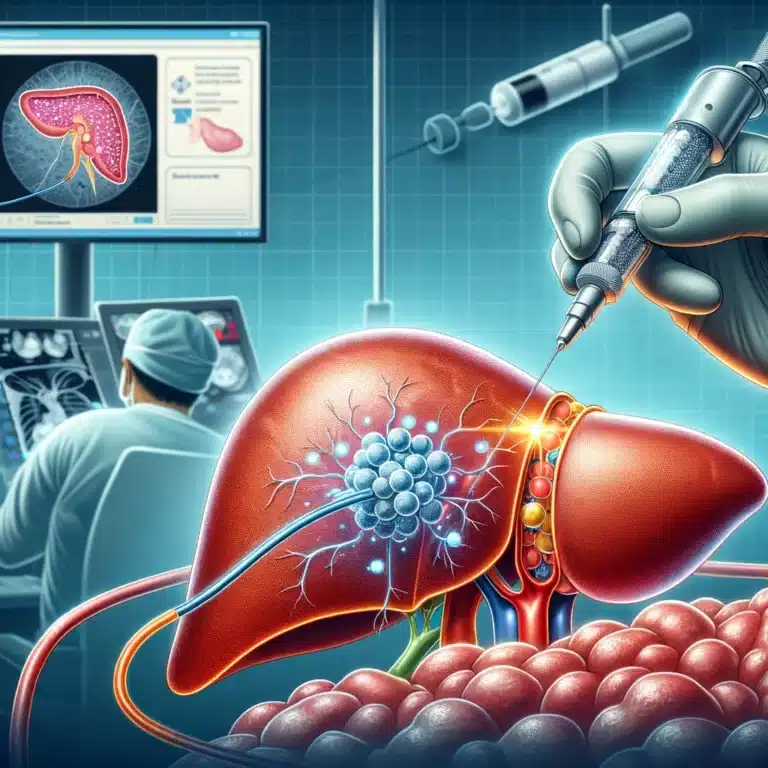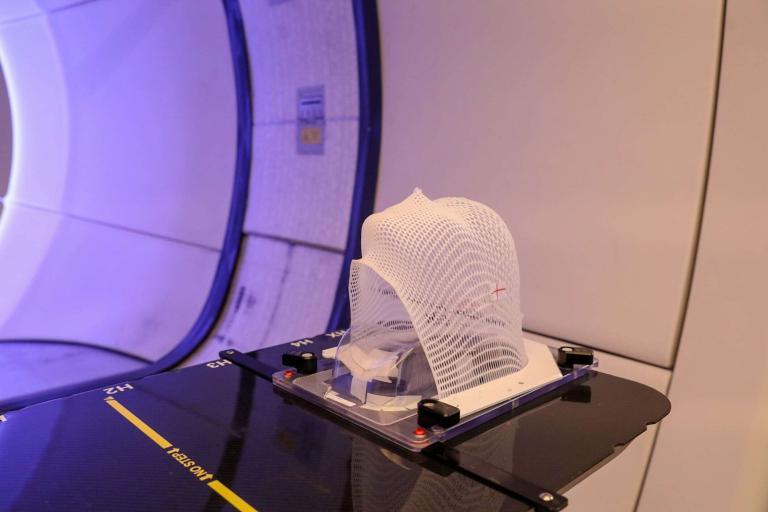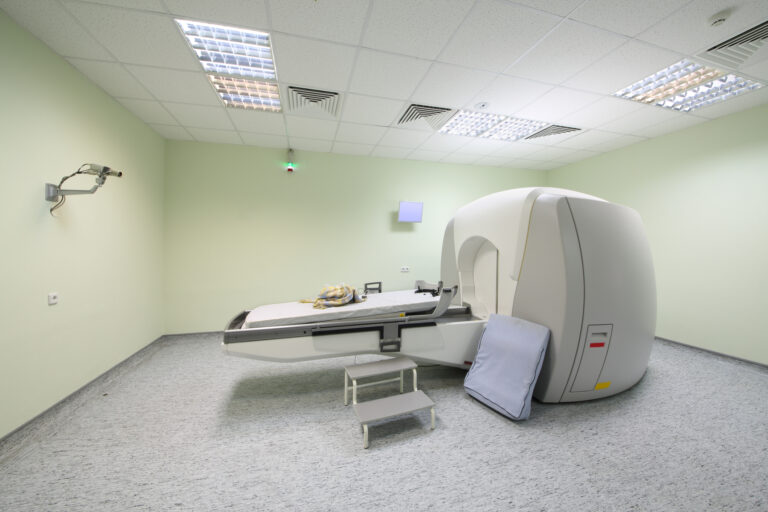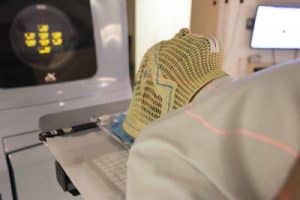Radiation Therapy
Medical radiation therapy is a pivotal component in the fight against cancer, with estimates suggesting that around half of all cancer patients benefit from radiotherapy (RT) as part of their disease management. This type of therapy utilises high-energy radiation to destroy cancer cells and shrink tumours. Among the advanced techniques employed are intensity-modulated radiotherapy (IMRT), intensity-modulated arc therapy (IMAT), and stereotactic radiotherapy (SRT).
IMRT is particularly noteworthy for its ability to conform the radiation dose to the shape of the tumour, minimising the dose to the surrounding normal tissues. This is achieved through the use of variable-intensity beams, which are adjusted to target the tumour from multiple angles, thereby enhancing the precision of the treatment and reducing side effects. IMAT, a variation of IMRT, involves rotating the radiation machine around the patient, delivering the radiation over arcs or angles, which allows for even more precise targeting and dose distribution.
Stereotactic radiotherapy (SRT) represents another leap forward in precision. It is typically used for treating small or well-defined tumours in the brain and other parts of the body. SRT involves delivering a single high dose or several smaller doses of radiation with pinpoint accuracy. This method can significantly limit the exposure of healthy tissues to radiation, which is particularly crucial in sensitive areas such as the brain.
Integrating advanced imaging techniques into the treatment planning process greatly enhances the success of these therapies. Magnetic resonance imaging (MRI), positron emission tomography (PET), and computed tomography (CT) are instrumental in accurately defining the tumour’s location, size, and characteristics. MRI offers detailed images of soft tissues, PET provides metabolic and functional information, and CT gives precise anatomical detail. The combination of these imaging techniques allows for the accurate identification of target volumes, which is crucial for effective treatment planning.
Further enhancing the efficacy of RT is the use of image-guided techniques in treatment delivery. Image-guided radiation therapy (IGRT) uses real-time imaging to ensure that the radiation is accurately directed at the tumour site. This is essential because tumours can move between sessions due to differences in patient positioning and natural changes within the body.
Overall, the integration of sophisticated imaging and precise radiation delivery techniques has significantly advanced the field of medical radiation therapy, offering hope for better outcomes by maximising tumour control while minimising damage to healthy tissues. This technological evolution continues to play a crucial role in improving cancer treatment efficacy and patient quality of life.
You are here:
home » medical radiation therapy

